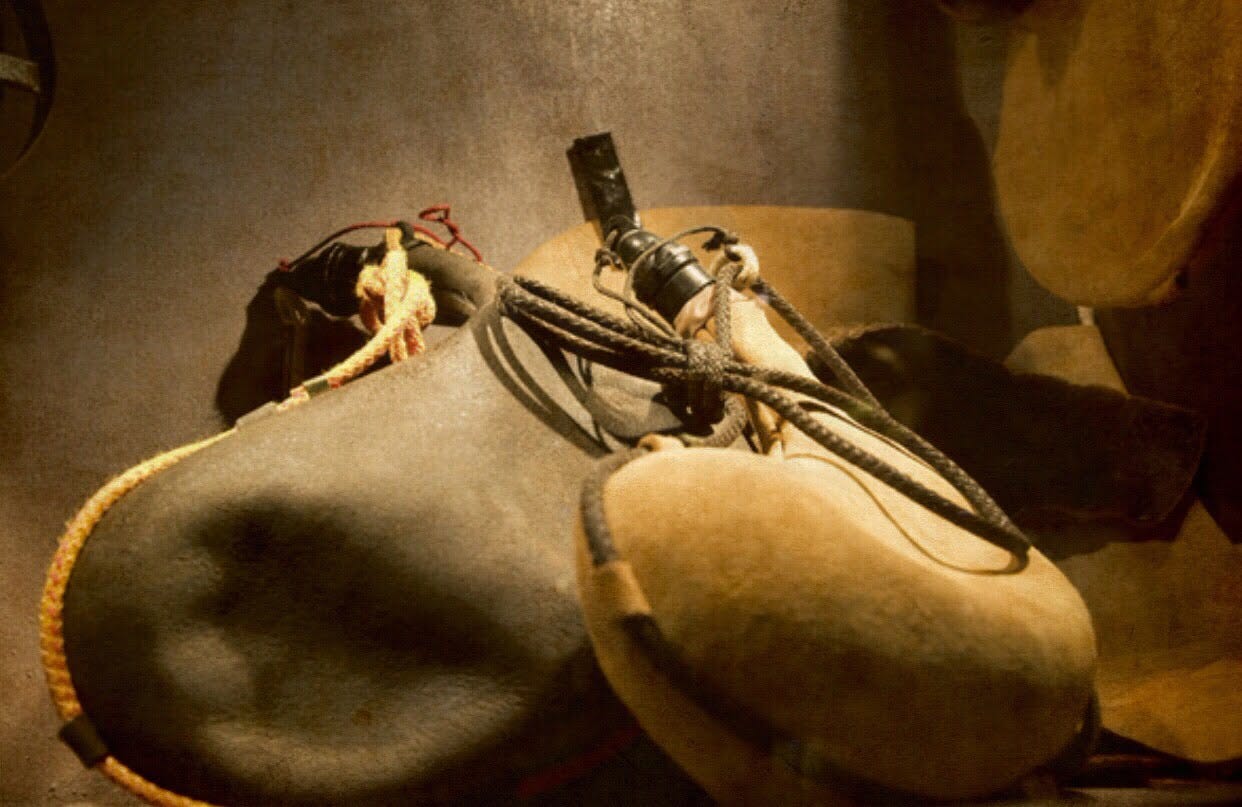Can the Old Contain the New?
Reflecting on the Second Sunday after the Epiphany: Three Days after Sunday (Year A)
Scripture
Psalter: Psalm 40:6-17
Old Testament: Isaiah 48:12-21
Gospel: Matthew 9:14-17
___
Prayer
Steadfast God, you have enriched and enlightened us by the revelation of your eternal Christ. Comfort us in our mortality and strengthen us to walk the path of your desire, so that by word and deed we may manifest the gracious news of your faithfulness and love.…
Keep reading with a 7-day free trial
Subscribe to Faith Seeking Understanding to keep reading this post and get 7 days of free access to the full post archives.




